Designing a Beautiful Rainbow Garden
Have you ever walked through a garden and felt your heart skip a beat at the sheer explosion of colors? A rainbow garden does just that—it transforms any outdoor space into a vibrant oasis that delights the senses. Imagine stepping outside and being greeted by a symphony of hues, each plant telling its own story through its unique shade. In this article, we will explore the essential elements and creative strategies for designing a vibrant rainbow garden, showcasing a variety of colorful plants that can brighten any outdoor space.
When it comes to creating your rainbow garden, the first step is selecting the optimal site. Just like choosing the right canvas for a masterpiece, the location of your garden can make or break your colorful vision. Factors such as sunlight, soil quality, and accessibility play a crucial role in determining which plants will thrive. For instance, most vibrant flowers crave sunlight, so a spot that receives at least six hours of direct sun each day is ideal. Additionally, ensure the soil is rich and well-draining, as this will support healthy root growth and vibrant blooms. Accessibility is also important; you want to enjoy your garden without the hassle of navigating through obstacles.
Now that you've found the perfect spot, it’s time to dive into the fun part—plant selection! Incorporating a diverse range of plants is key to achieving that stunning rainbow effect. Think of your garden as a painter's palette, where each flower, shrub, and tree contributes its own splash of color. Consider the following categories when selecting your plants:
- Annuals: These plants bloom all season long, providing a continuous display of color.
- Perennials: They come back year after year, allowing you to enjoy their beauty without replanting.
- Shrubs and Trees: These can add structure and height to your garden, enhancing the overall design.
Understanding which plants bloom in different seasons can enhance your garden's color palette year-round. Imagine walking through your garden in spring, summer, fall, and winter, each season offering its own unique display of colors. Here’s a breakdown of some seasonal flowers that will ensure your rainbow garden remains vibrant:
Spring is the season of rebirth, and it offers a burst of color with flowers like tulips and daffodils. These early bloomers can ignite the garden with their bright colors, often peeking through the last remnants of winter. Consider planting a variety of these flowers to create a stunning display that welcomes warmer weather.
As the sun shines brighter, summer brings forth an array of vibrant flowers such as sunflowers and zinnias. These bold blooms can reach impressive heights and are sure to steal the show. Plant them in clusters for maximum impact, and watch as they sway gently in the summer breeze, creating a lively atmosphere.
While flowers are the stars of your rainbow garden, don't forget about the supporting cast—unique foliage! Colorful leaves and interesting textures can add depth and interest to your garden. Plants like Japanese maples or heucheras can provide stunning contrast to the vibrant blooms, ensuring your garden remains visually appealing even when flowers are out of season.
The layout of your garden is essential for visual impact. Think of it as the blueprint for your masterpiece. Different design styles can evoke various feelings, from a wild, natural look to a more structured, formal garden. Consider how to arrange your plants for maximum effect; layering plants of different heights can create a stunning visual display that draws the eye. For instance, taller plants can be placed at the back of a border, with medium and low-growing plants in front.
Layering plants is like creating a three-dimensional painting; it adds depth and intrigue. Use height and spacing to your advantage, ensuring that each plant can shine without being overshadowed by its neighbors. This not only enhances the beauty of your garden but also promotes healthy growth by allowing sunlight to reach all plants.
Incorporating pathways and borders can enhance the overall design of your rainbow garden. Think of pathways as the veins of your garden, guiding visitors through the vibrant landscape. You can use materials like gravel, stepping stones, or even wood chips to create inviting paths. Borders made of low-growing plants or decorative stones can also frame your colorful display beautifully.
Lastly, maintaining your rainbow garden is crucial to ensure its beauty lasts. Regular watering, pruning, and fertilizing are essential practices to keep your plants healthy and vibrant. Remember, a thriving garden is a happy garden, and with a little effort, you can enjoy a stunning array of colors for years to come!
Q: How do I choose the right plants for my rainbow garden?
A: Consider your climate, sunlight availability, and soil type. Choose a mix of annuals, perennials, and shrubs to ensure variety and continuous blooms.
Q: How can I maintain my garden's vibrancy throughout the seasons?
A: Select plants that bloom in different seasons and incorporate evergreen plants for year-round interest. Regular maintenance like watering and fertilizing will also help.
Q: What are some good companion plants for a rainbow garden?
A: Plants like marigolds can deter pests, while taller plants like sunflowers can provide support for climbing plants, creating a harmonious garden ecosystem.

Choosing the Right Location
When it comes to creating your very own rainbow garden, choosing the right location is absolutely crucial. Imagine planting a vibrant array of flowers only to find that they wither away due to lack of sunlight or poor soil quality. It’s like trying to grow a sunflower in the shade—it just won’t work! So, let’s dive into the essential factors that will help you select the perfect spot for your colorful oasis.
First and foremost, consider sunlight. Most flowering plants thrive in full sun, which means they need at least six hours of direct sunlight each day. If your yard has areas that are too shady, you might want to rethink your layout. You could take a stroll around your garden throughout the day to see which spots bask in the sun and which remain in the shadows. This simple observation can save you a lot of heartache later on!
Next up is soil quality. Healthy soil is the foundation of a thriving garden. You wouldn’t build a house on a shaky foundation, right? Similarly, testing your soil will give you insights into its pH level and nutrient content. You can easily purchase a soil test kit at your local garden center or send a sample to a lab for analysis. Based on the results, you may need to amend your soil with compost or fertilizers to create an ideal growing environment.
Don’t forget about accessibility. Your rainbow garden should not only be beautiful but also functional. Think about how often you will need to water, prune, or harvest your plants. If your garden is hidden away in a hard-to-reach corner, you might find yourself neglecting it. Ideally, choose a location that is easily accessible from your home, allowing you to enjoy the beauty of your garden while also maintaining it with ease.
Here’s a quick summary of the key factors to consider when choosing your garden location:
- Sunlight: Ensure at least six hours of sunlight daily.
- Soil Quality: Test and amend your soil as needed.
- Accessibility: Choose a spot that is easy to reach for maintenance.
In addition to these factors, think about the microclimates in your yard. Some areas may be warmer or cooler due to wind patterns or the presence of structures like fences and walls. These microclimates can influence which plants will thrive in those specific areas. For instance, if you have a sheltered corner that gets extra warmth, it could be the perfect spot for heat-loving plants, while a cooler area may be better suited for shade-tolerant varieties.
In conclusion, selecting the right location for your rainbow garden is a blend of art and science. By paying attention to sunlight, soil quality, accessibility, and microclimates, you can create a vibrant and flourishing garden that will bring joy and color to your outdoor space for years to come. So grab your gardening gloves and start scouting for that perfect spot!
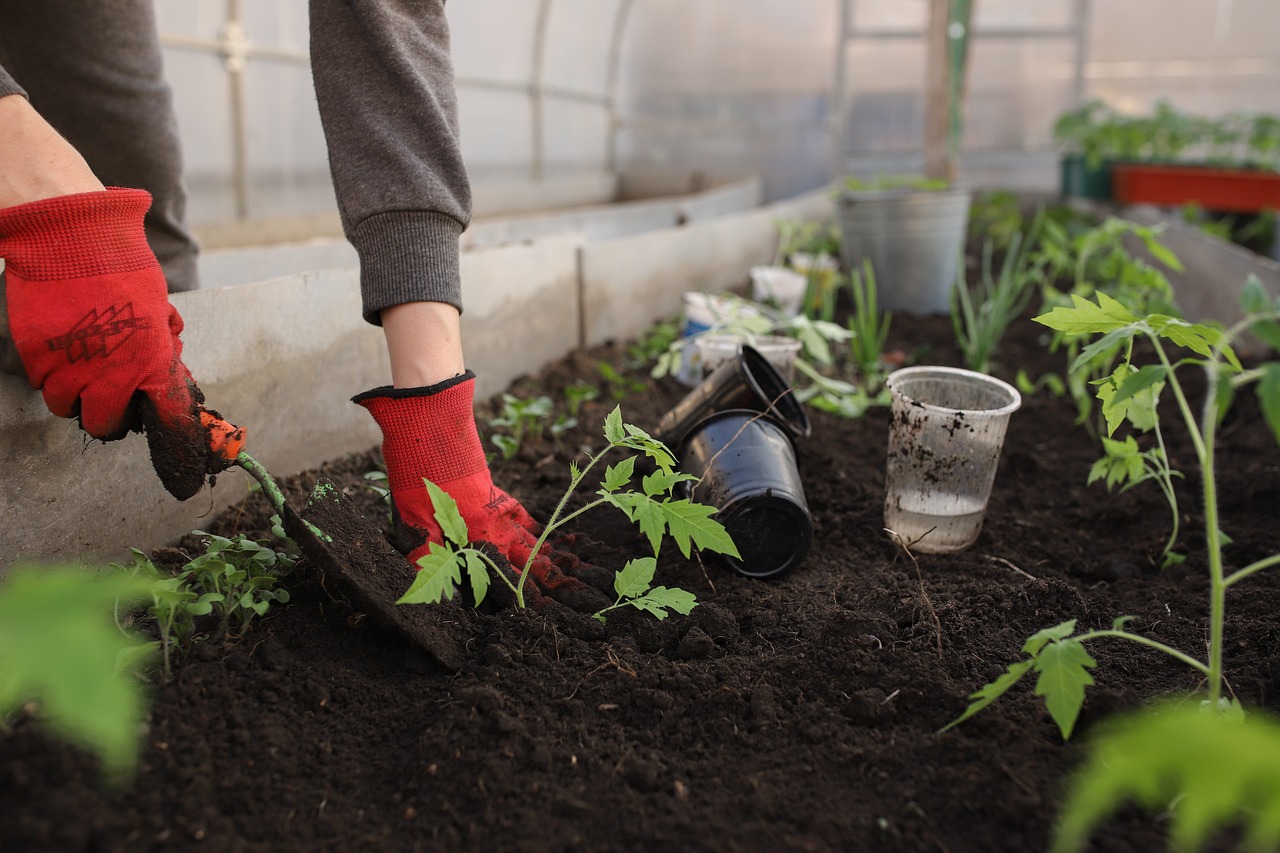
Plant Selection for Color Variety
When it comes to designing a rainbow garden, plant selection is the heart and soul of your vibrant masterpiece. Imagine stepping into your outdoor oasis, greeted by a kaleidoscope of colors that dance in the sunlight. To achieve this stunning visual effect, you need to incorporate a diverse range of plants that bloom in various hues. From radiant reds to cheerful yellows, each color adds its own unique charm to your garden. But how do you choose the right plants? Let's dive into the colorful world of flora!
First things first, consider the color wheel. This tool can be incredibly helpful in selecting plants that not only look good together but also create a harmonious blend. Think about pairing complementary colors, such as purple and yellow, or contrasting shades like red and green, to create visual excitement. You can even create a gradient effect by arranging plants in a way that transitions smoothly from one color to another. This technique can make your garden feel more dynamic and alive.
When selecting plants, don't just focus on flowers; foliage plays a crucial role too. Some plants have leaves that are variegated or come in shades of purple, red, or even gold. For instance, the Japanese Maple not only provides stunning foliage but also adds height and structure to your garden. Additionally, plants like Heuchera (Coral Bells) come in a variety of colors, from deep burgundy to bright lime green, which can add depth to your color palette.
Another important aspect to consider is the blooming season of your chosen plants. To ensure your garden is bursting with color all year round, you need to select a mix of seasonal blooms. Here’s a quick overview of some popular plants categorized by their blooming seasons:
| Season | Plant Name | Color |
|---|---|---|
| Spring | Tulip | Various |
| Spring | Daffodil | Yellow |
| Summer | Sunflower | Yellow |
| Summer | Zinnia | Various |
| Fall | Aster | Purple |
| Fall | Chrysanthemum | Various |
By incorporating plants that bloom in different seasons, you can ensure that your garden remains vibrant and lively throughout the year. Imagine the thrill of witnessing the first tulips of spring, followed by the sunflowers of summer, and finally, the warm hues of chrysanthemums in fall. This seasonal variety not only adds beauty but also keeps your gardening experience exciting.
In conclusion, the secret to a stunning rainbow garden lies in the thoughtful selection of plants. By using the color wheel, considering foliage, and choosing plants that bloom in different seasons, you can create a breathtaking landscape that will leave you and your visitors in awe. So, grab your gardening gloves and start planning your colorful paradise today!
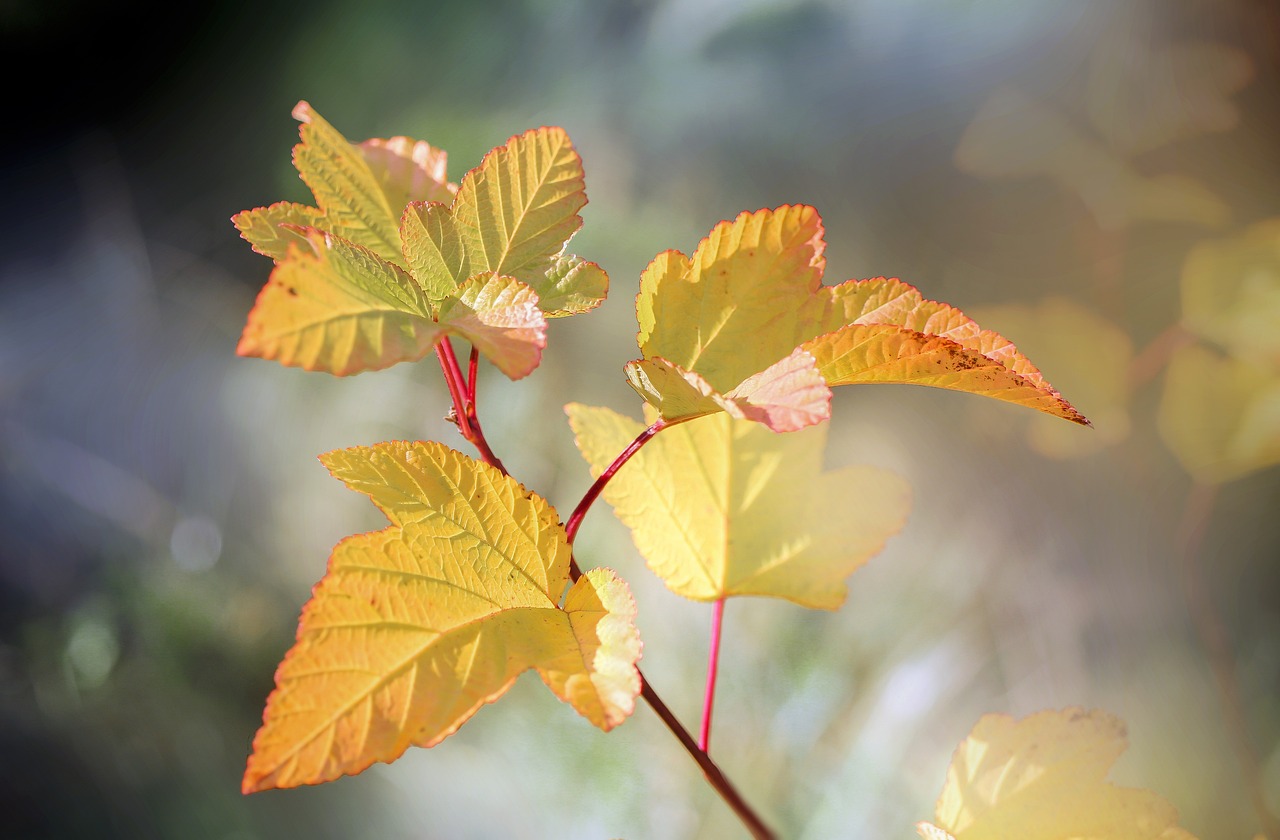
Seasonal Blooms
When it comes to designing a stunning rainbow garden, understanding is like having the cheat code to a vibrant landscape. Each season brings its own palette of colors, and by carefully selecting plants that bloom at different times of the year, you can ensure that your garden is a feast for the eyes, no matter the month. Imagine stepping outside and being greeted by a symphony of colors, where every season tells a different story through flowers. Isn’t that a dream worth cultivating?
Let’s break it down by season, so you can plan your garden like a master artist. In the spring, for instance, the world awakens with a burst of life. Flowers like tulips, daffodils, and hyacinths are among the first to bloom, painting the landscape with vibrant hues of yellow, pink, and purple. These early bloomers set the stage for a colorful garden, providing a cheerful welcome after the long winter months. The thrill of seeing these flowers emerge from the ground is akin to watching a magician reveal their tricks!
As we transition into summer, the garden truly comes alive. This is the time for sunflowers, zinnias, and marigolds. Their bright yellows, oranges, and reds create a warm, inviting atmosphere. Summer blooms are like the fireworks of your garden; they demand attention and are sure to impress anyone who visits. Just picture a sunny day, with butterflies flitting about and bees buzzing happily from flower to flower, creating a lively ecosystem that enhances the beauty of your outdoor space.
But don’t forget about the fall! As summer fades, your garden can still dazzle with plants like chrysanthemums and asters, which bring rich tones of deep red, gold, and purple. These late bloomers are like the grand finale of a concert, leaving your garden looking stunning even as the leaves begin to fall. They remind us that beauty can last well into the cooler months, making your rainbow garden a year-round spectacle.
To help you visualize this seasonal journey, here’s a simple table summarizing some of the best seasonal blooms:
| Season | Flowers | Colors |
|---|---|---|
| Spring | Tulips, Daffodils, Hyacinths | Yellow, Pink, Purple |
| Summer | Sunflowers, Zinnias, Marigolds | Bright Yellow, Orange, Red |
| Fall | Chrysanthemums, Asters | Deep Red, Gold, Purple |
Understanding these seasonal blooms not only enhances the aesthetic appeal of your garden but also allows you to create a dynamic environment that evolves over time. By strategically planting a variety of flowers that bloom in different seasons, you ensure that your rainbow garden remains a captivating spectacle throughout the year. So, roll up your sleeves, get your hands dirty, and let nature’s palette inspire you!
- What are the best flowers for a rainbow garden? A mix of tulips, sunflowers, and chrysanthemums can create a vibrant display across seasons.
- How do I maintain seasonal blooms? Regular watering, deadheading spent blooms, and seasonal fertilization will keep your flowers healthy and vibrant.
- Can I have a rainbow garden in a small space? Absolutely! You can use container gardening and vertical planting to maximize color in limited areas.

Spring Blooms
Spring is like a fresh canvas, waiting to be splashed with color after the long, dreary winter months. As the days grow warmer and the sunlight begins to linger, your garden can transform into a vibrant spectacle of life. Choosing the right spring blooms is essential to create that stunning rainbow effect you desire. Imagine stepping into your garden and being greeted by a kaleidoscope of colors—this is the magic of spring!
One of the most iconic spring flowers is the tulip. With their elegant shapes and wide variety of colors, tulips can easily steal the show. They bloom in shades ranging from deep reds to sunny yellows, providing an instant uplift to any garden. Another fantastic choice is the daffodil, known for its cheerful yellow hue and trumpet-like shape. These flowers herald the arrival of spring and can be planted in clusters for a stunning visual impact.
For those looking to add more depth to their spring garden, consider incorporating hyacinths. Their fragrant blooms not only attract pollinators but also add a delightful scent to your outdoor space. With colors that span from soft pinks to vibrant purples, hyacinths can complement the boldness of tulips and daffodils beautifully.
Don't forget about crocuses! These little gems often push through the snow, reminding us that spring is just around the corner. Their early blooms in shades of purple, yellow, and white can create a lovely contrast against the emerging green grass. To achieve a truly breathtaking spring garden, mix and match these flowers to create a tapestry of colors. A well-planned layout can lead to a stunning visual display that will leave your neighbors in awe!
Here’s a quick overview of some popular spring blooms that you might want to consider:
| Flower | Color Varieties | Bloom Time |
|---|---|---|
| Tulip | Red, Yellow, Pink, Purple | March - May |
| Daffodil | Yellow, White, Orange | March - April |
| Hyacinth | Pink, Blue, Purple, White | April - May |
| Crocus | Purple, Yellow, White | February - March |
As you plan your spring garden, think about the overall harmony of colors and the heights of your chosen flowers. Combining taller plants like tulips with shorter ones like crocuses can create a visually appealing layered effect. Remember, the goal is to evoke joy and wonder in everyone who walks by. So, roll up your sleeves, dig into the soil, and let the colors of spring fill your garden with life!
- What are the best flowers for a spring garden? Popular choices include tulips, daffodils, hyacinths, and crocuses.
- How do I prepare my garden for spring blooms? Ensure your soil is well-drained, enriched with compost, and free of weeds.
- When should I plant spring flowers? It's best to plant spring bulbs in the fall or early spring, depending on your climate.
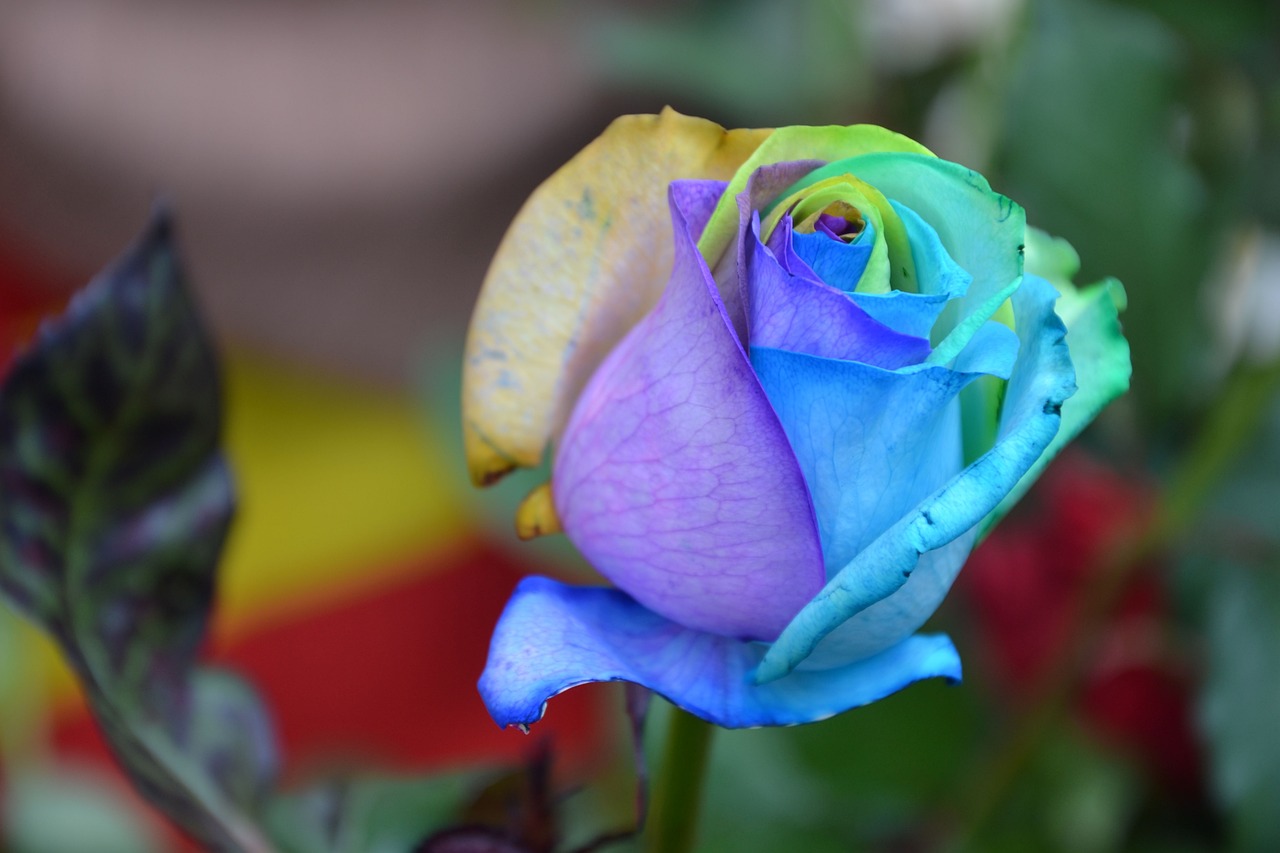
Summer Blooms
Ah, summer! The season where nature bursts into a kaleidoscope of colors, and your garden can truly shine. When it comes to achieving that vibrant rainbow effect, summer blooms are your best friends. Imagine stepping into your garden and being greeted by a riot of colors—yellows, pinks, reds, and purples dancing in the sunlight. It’s like nature’s very own confetti party, and you’re the guest of honor!
To create this stunning display, you’ll want to consider a variety of flowers that not only bloom during the summer months but also complement each other beautifully. Here are some of the top contenders that will have your garden looking like a scene from a fairy tale:
- Sunflowers: These towering beauties are the epitome of summer. Their large, golden faces follow the sun, creating a cheerful ambiance. They can grow up to 10 feet tall, making them a perfect backdrop for shorter flowers.
- Zinnias: Available in a plethora of colors, zinnias are like the party balloons of the garden. They’re easy to grow and attract butterflies, adding even more life to your outdoor space.
- Petunias: These charming flowers come in a variety of shades and have a delightful fragrance. They can be planted in beds or hanging baskets, creating a cascading effect that’s simply enchanting.
- Coreopsis: Known for their bright yellow blooms, coreopsis can add a sunny touch to any garden. They’re also drought-resistant, making them a practical choice for those hot summer days.
But wait, there’s more! To keep your garden blooming beautifully throughout the summer, consider planting a mix of annuals and perennials. Annuals, like marigolds and cosmos, will provide immediate color, while perennials such as coneflowers and daylilies will come back year after year, ensuring your garden remains a vibrant spectacle.
Additionally, think about the arrangement of these flowers. Layering taller plants at the back of your flower beds and shorter ones in the front creates a visually appealing depth. This technique not only enhances the beauty of your garden but also ensures that each plant gets the sunlight it needs to thrive. Imagine your garden as a stage, where each flower plays its part in a colorful performance!
Now, let’s not forget about maintenance. Regular deadheading—removing spent blooms—will encourage your flowers to produce more buds, keeping the color coming all season long. And don’t be shy about watering! Summer can be hot, and your plants will appreciate a good drink to keep them vibrant and healthy.
In conclusion, summer blooms are not just about aesthetics; they are about creating a lively atmosphere that welcomes both you and the local wildlife. With the right selection and care, your rainbow garden can be a summer paradise filled with color and joy. So grab your gardening gloves, and let’s get planting!
Q: What are the best flowers for a summer garden?
A: Some of the best flowers for summer gardens include sunflowers, zinnias, petunias, and coreopsis. These flowers thrive in warm weather and offer a variety of colors.
Q: How often should I water my summer garden?
A: During the hot summer months, it’s best to water your garden deeply at least once a week, or more frequently if the weather is particularly dry.
Q: Can I mix annuals and perennials in my summer garden?
A: Absolutely! Mixing annuals and perennials can create a dynamic and colorful garden. Annuals will provide immediate color, while perennials will come back year after year.
Q: How can I attract butterflies to my garden?
A: Planting flowers like zinnias and cosmos can attract butterflies. Additionally, providing a water source and avoiding pesticides will create a welcoming environment for these beautiful creatures.
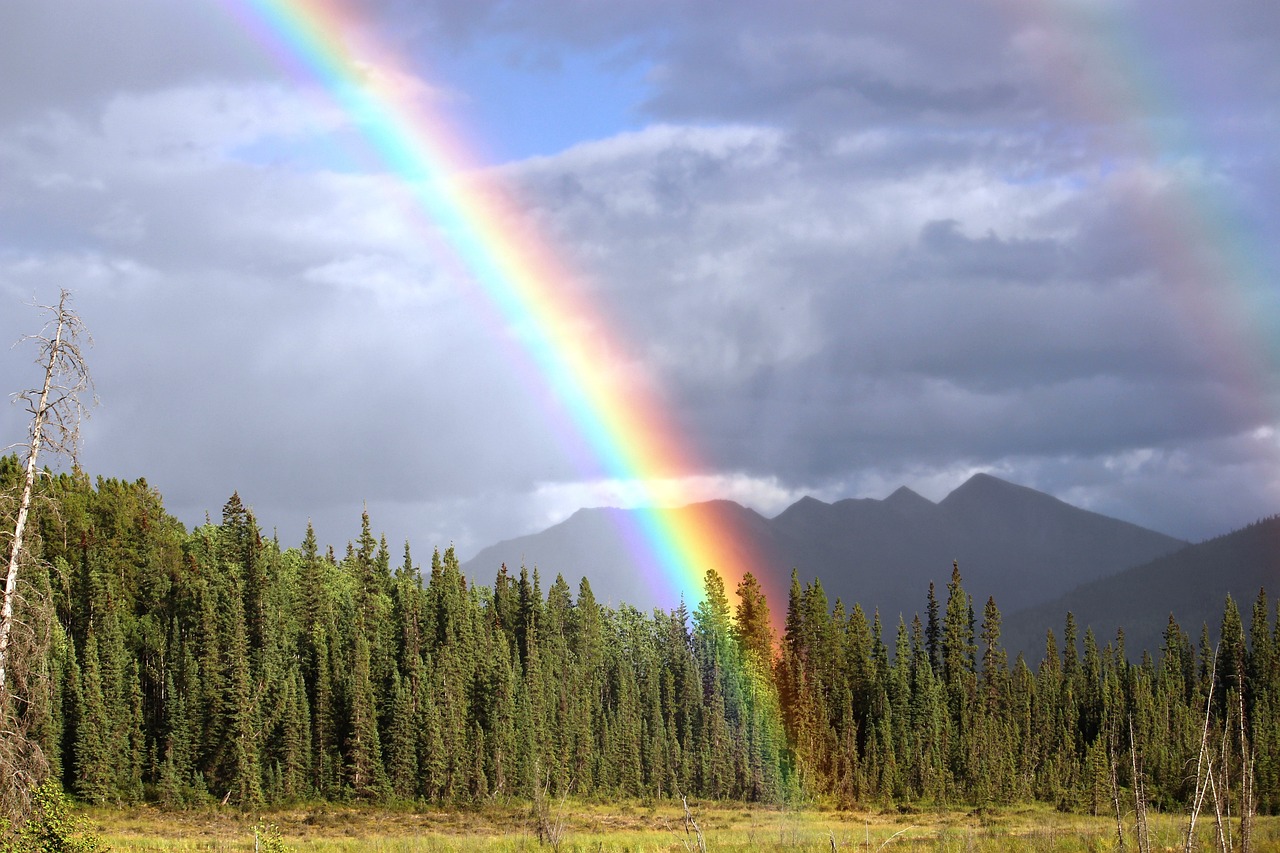
Foliage and Textures
When designing your rainbow garden, it’s essential to remember that color isn’t just about flowers. play a pivotal role in creating a vibrant and dynamic landscape. Imagine walking through a garden where not only the blooms catch your eye, but the varying shades of green, purple, and even red leaves create a visual feast for your senses. This is where the magic of foliage comes into play!
Incorporating plants with unique leaf shapes and colors can add layers of interest to your garden. For instance, consider the Japanese Maple with its delicate, lacy leaves that turn a fiery red in the fall. Or think about the Heuchera, also known as coral bells, which come in a variety of colors from deep burgundy to bright lime green. These plants not only provide a beautiful contrast to flowering plants but also contribute to the overall texture of your garden.
Another fantastic option is to include ornamental grasses. Their feathery plumes and graceful movement in the wind can add a sense of softness and fluidity to your garden design. For example, Miscanthus sinensis, or maiden grass, can grow tall and bushy, creating a stunning backdrop for shorter flowering plants. Pairing these grasses with flowering perennials can create a harmonious blend of colors and textures that change with the seasons.
To truly achieve a rainbow effect, consider the following foliage options:
- Colorful Leaves: Plants like Caladium and Coleus offer vibrant hues that can complement any flower color.
- Interesting Textures: The rugged leaves of Helleborus or the waxy leaves of Succulents can add a unique touch.
- Variegated Foliage: Plants such as Euonymus and Hosta can introduce stripes and patterns that enhance visual interest.
When planning your garden, think of foliage as the canvas upon which your colorful flowers will shine. Just like an artist selects a background that enhances their subject, you should choose plants with interesting leaves that will make your blooms pop. Don't hesitate to mix and match; the contrast between smooth, shiny leaves and rough, textured ones can create a stunning visual impact!
In conclusion, the right combination of foliage and textures can transform your rainbow garden from a simple collection of plants into a breathtaking tapestry of color and life. By thoughtfully selecting plants that not only bloom beautifully but also offer captivating leaves, you’ll ensure that your garden remains a feast for the eyes, no matter the season!
Q: What are some low-maintenance foliage plants for a rainbow garden?
A: Some excellent low-maintenance options include Daylilies, Hostas, and Ornamental Grasses. These plants require minimal care while still providing stunning visual interest.
Q: How can I ensure my foliage plants thrive?
A: Ensure proper watering, choose the right soil, and consider the sunlight requirements of each plant. Regularly check for pests and diseases to keep your plants healthy.
Q: Can I mix different textures in my garden?
A: Absolutely! Mixing various textures and colors can create a more dynamic and visually appealing garden. Just be mindful of the plants’ growth habits and spacing.

Design Layout and Structure
When it comes to creating a stunning rainbow garden, the design layout and structure are just as important as the plants themselves. Think of your garden as a canvas; the arrangement of colors, shapes, and heights can create a masterpiece that draws the eye and captures the heart. To achieve this, you need to consider several key elements that will enhance both the aesthetic appeal and functionality of your space.
First off, let's talk about the overall design style. Are you leaning towards a formal garden with neatly trimmed hedges and symmetrical patterns, or do you prefer a more relaxed, cottage-style layout with wildflowers and meandering paths? Each style has its own charm, but the choice will influence how you arrange your plants. For instance, in a formal garden, you might want to use a structured approach with straight lines and evenly spaced plants, while a cottage garden allows for a more organic and free-flowing design.
Next, consider the layering of plants. This technique involves arranging plants of varying heights to create depth and interest. Taller plants, like sunflowers or delphiniums, should be placed at the back or center of your garden bed, while shorter flowers, such as pansies or marigolds, can be positioned in the front. This not only ensures that each plant is visible but also adds a dynamic element to your garden. Imagine walking through a garden where every step reveals new colors and textures; that's the magic of layering!
Another crucial aspect of your garden's layout is the incorporation of pathways and borders. Pathways guide visitors through your garden, allowing them to appreciate each section fully. You can use materials like gravel, stepping stones, or even mulch to create these paths. Borders, on the other hand, can help define the edges of your garden and keep plants from encroaching on walkways. Think about using low-growing plants or decorative stones for borders that complement your colorful blooms. The right pathways and borders can transform your garden from a simple collection of plants into a cohesive and inviting space.
In addition to aesthetics, you should also consider the accessibility of your garden. Ensure that your design allows for easy maintenance, such as watering, weeding, and pruning. A well-planned garden layout will not only look beautiful but will also make it easier for you to care for your plants. Plan your layout so that you have enough space to move around comfortably without trampling your blooms.
Lastly, remember that your garden is a living entity that will change over time. As plants grow and seasons change, your garden's layout may need adjustments. Embrace the evolution of your rainbow garden; it’s part of the beauty of gardening. Keep experimenting with different arrangements and plant combinations until you find the perfect balance that resonates with you.
- What is the best time to design my garden? The best time to design your garden is during the early spring or fall when the weather is mild, and you can plan for the upcoming growing season.
- How do I choose the right plants for my garden? Consider your climate, soil type, and the amount of sunlight your garden receives. Choose plants that thrive in your specific conditions.
- Can I change the layout of my garden after planting? Yes, gardening is flexible! You can adjust the layout as needed, especially if some plants grow larger than expected or if you want to try new combinations.
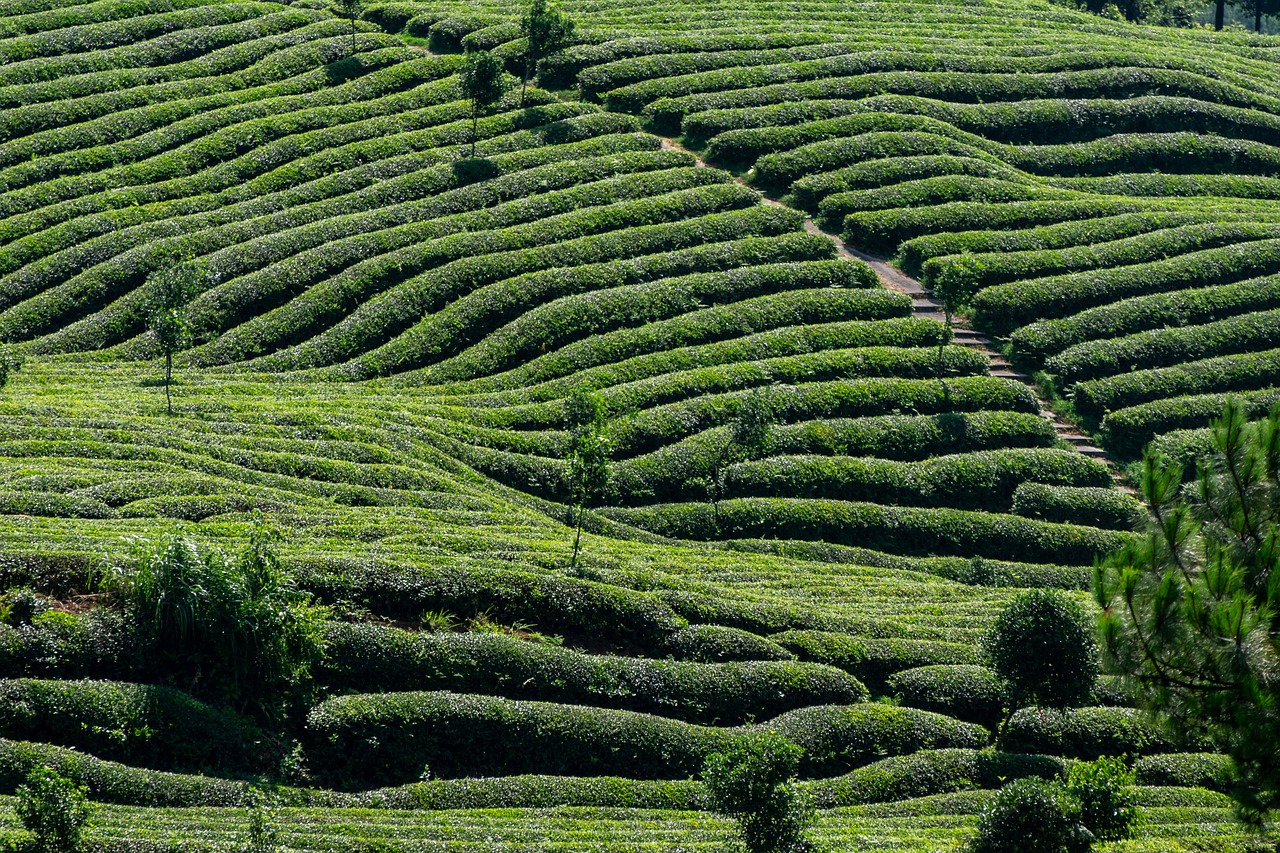
Layering Plants
Layering plants in your rainbow garden isn't just an aesthetic choice; it’s a strategic technique that can transform a flat landscape into a vibrant, multi-dimensional masterpiece. Imagine walking through a garden where each step reveals a new layer of color and texture, drawing you deeper into a world of botanical wonder. To achieve this stunning effect, you'll want to consider the height, spacing, and growth habits of your plants.
Start by placing the tallest plants at the back of your garden bed, gradually transitioning to shorter plants at the front. This not only ensures that every plant gets the sunlight it needs but also creates a natural flow that guides the eye. Think of it like a well-composed painting, where the tallest elements provide a backdrop and the shorter ones fill in the foreground.
For instance, if you’re using sunflowers as your towering centerpiece, pair them with mid-height blooms like coneflowers and black-eyed Susans in the middle layer. Finally, at the front, you can add low-growing plants like petunias or marigolds to create a lush, colorful border. This layering technique not only enhances visual interest but also maximizes the use of space in your garden.
Additionally, consider using a variety of textures and foliage colors to create depth. For example, the broad leaves of hostas can contrast beautifully with the delicate petals of annuals, while ornamental grasses can add a soft, flowing element to your design. By mixing different textures, you’ll create a rich tapestry that captivates the senses.
Another important aspect of layering is ensuring that your plants have similar water and light requirements. This will make maintenance easier and help your garden thrive. You wouldn’t want to place a thirsty plant next to a drought-tolerant one, as it would lead to an imbalance in your garden's ecosystem.
To give you a clearer picture, here’s a simple table that outlines some ideal plant combinations for layering:
| Layer | Plant Type | Examples |
|---|---|---|
| Back Layer | Tall Plants | Sunflowers, Delphiniums |
| Middle Layer | Mid-height Plants | Black-eyed Susans, Coneflowers |
| Front Layer | Low-growing Plants | Petunias, Marigolds |
In conclusion, layering plants in your rainbow garden creates a stunning visual experience that can be both functional and beautiful. By carefully selecting your plant heights, textures, and colors, you can craft a garden that not only pleases the eye but also stands the test of time. Remember, a well-layered garden is like a well-told story, with each plant playing its part in a vibrant narrative that unfolds as the seasons change.
- What is the best way to layer plants? Start with taller plants at the back and gradually move to shorter ones in the front, ensuring they have similar light and water needs.
- Can I mix annuals and perennials in the same layer? Yes, but be mindful of their growth habits and ensure they complement each other in terms of height and care.
- How do I maintain a layered garden? Regular pruning, watering, and fertilizing will help keep your garden healthy and vibrant.
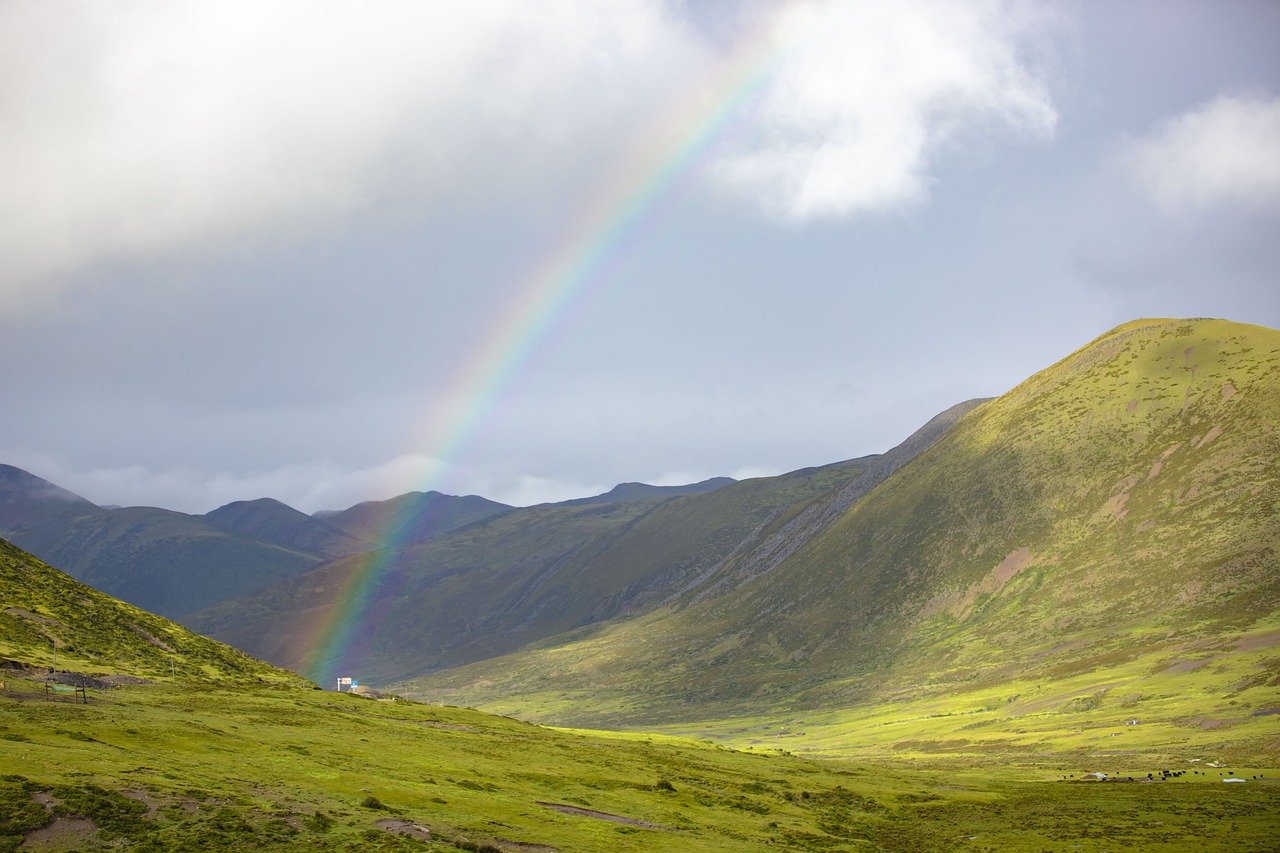
Pathways and Borders
When it comes to designing your rainbow garden, are more than just functional elements; they are the threads that weave your vibrant tapestry together. Imagine strolling through a kaleidoscope of colors, where each step leads you deeper into a world of beauty and tranquility. A well-planned pathway not only guides visitors through your garden but also enhances the visual appeal, making the entire space feel more cohesive and inviting.
First, consider the materials you want to use for your pathways. Options range from natural stone and gravel to more contemporary choices like brick or concrete. Each material brings its own character and can complement the colorful plants around it. For example, natural stone pathways can create a rustic feel, while sleek concrete can offer a modern touch. Think about how the color and texture of your chosen material will interact with the vibrant hues of your flowers and foliage.
Next, the design of your pathways is crucial. Straight paths can create a formal look, while winding paths can evoke a sense of adventure. A winding pathway, like a meandering river, invites exploration and discovery. You might even consider incorporating curves and circles to soften the landscape and encourage visitors to slow down and enjoy the view. Adding small seating areas along the way can also provide spots for reflection, making your garden not just a feast for the eyes, but a sanctuary for the soul.
Now, let’s talk about borders. Borders serve as the frame for your colorful masterpiece. They can delineate spaces, create structure, and add layers of interest. You might choose to use low-growing plants, such as lavender or creeping thyme, to form a fragrant and visually appealing edge. Alternatively, taller plants like ornamental grasses can provide a striking backdrop that highlights the blooms in your garden. Don't shy away from mixing textures and colors—this is where you can get creative! Think of borders as the finishing touches on a beautiful painting, enhancing and defining the overall composition.
To further enhance the functionality of your garden, consider incorporating lighting along pathways. Solar-powered lights can illuminate the way, making your garden accessible even after sunset. Imagine the soft glow of lights reflecting off the petals of your flowers, creating an enchanting atmosphere. You can also use decorative stones or mulch to add contrast and texture to your pathways, ensuring they stand out against the vibrant colors of your plants.
In summary, pathways and borders are essential components of a rainbow garden. They not only guide the eye and the foot but also enhance the overall aesthetic appeal. By carefully selecting materials, designing thoughtful layouts, and incorporating borders that complement your plants, you can create a stunning outdoor space that invites exploration and enjoyment. So, as you plan your rainbow garden, don’t forget these vital elements—they are the finishing touches that will bring your colorful vision to life!
- What materials are best for garden pathways? Natural stone, gravel, brick, and concrete are popular choices, each offering a unique look and feel.
- How can I make my garden pathways more inviting? Consider adding curves, seating areas, and lighting to create a welcoming atmosphere.
- What types of plants work well for borders? Low-growing plants like lavender and creeping thyme or taller plants like ornamental grasses can make excellent choices.
- How do I maintain my pathways and borders? Regularly check for weeds, ensure proper drainage, and refresh materials as needed to keep them looking their best.
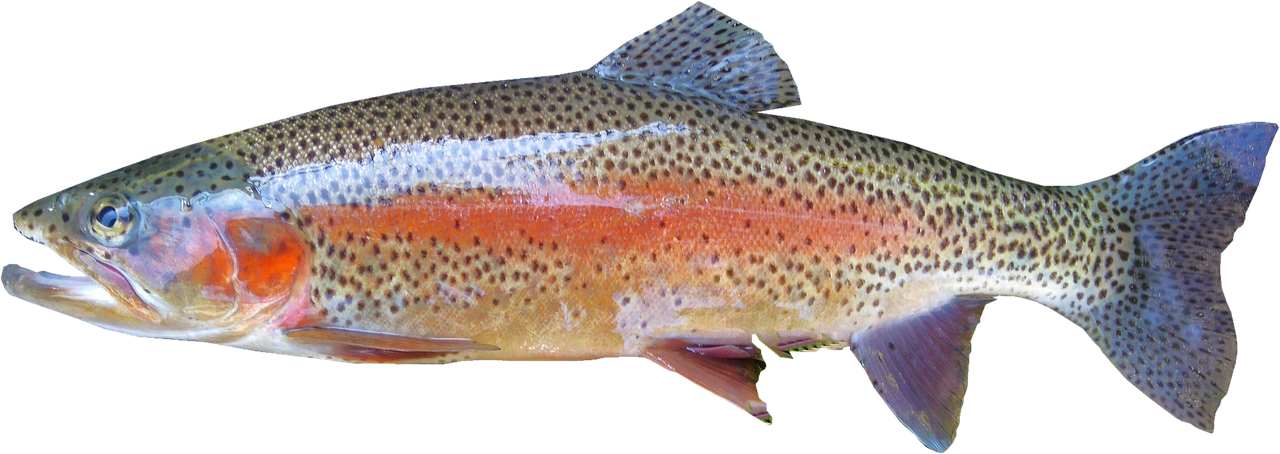
Maintenance Tips for a Thriving Garden
Maintaining your rainbow garden is like nurturing a vibrant masterpiece; it requires attention, love, and a bit of know-how. Just as an artist carefully selects their colors, you too must pay attention to the needs of your plants to ensure they flourish. The first step in this journey is understanding the watering requirements of your garden. Different plants have varying needs. For instance, while some thrive in moist soil, others prefer to dry out between waterings. A good rule of thumb is to check the top inch of soil; if it feels dry, it’s time to water. Remember, overwatering can be just as harmful as underwatering!
Next, let’s talk about fertilizing. Just like we need nutrients to grow strong and healthy, your plants do too! Depending on the type of plants you have, you’ll want to choose a fertilizer that suits their specific needs. A balanced fertilizer with equal parts nitrogen, phosphorus, and potassium is a great all-rounder for most flowering plants. However, some may require specialized nutrients. For example, if you’re growing blooming perennials, a fertilizer higher in phosphorus can promote more vibrant flowers.
Another crucial aspect of garden maintenance is pruning. Think of pruning as giving your plants a haircut. It helps to remove dead or diseased branches, encourages new growth, and can even enhance the overall shape of your plants. Be mindful of the timing; for many flowering shrubs, late winter or early spring is the best time to prune. This encourages a burst of growth just in time for blooming season!
Don’t forget about weeding. Weeds can be relentless intruders in your garden, competing for nutrients and water. Regularly walking through your garden to pull out those pesky weeds will keep your plants happy and healthy. A good practice is to weed after a rainfall when the soil is softer, making it easier to pull them out by the roots.
Additionally, consider the pest management aspect of your garden. Just as you wouldn't want uninvited guests at a party, your plants certainly don’t want pests invading their space. Regularly inspect your plants for signs of pests, such as discolored leaves or webbing. Natural remedies, like neem oil or insecticidal soap, can be effective in keeping those unwanted guests at bay without harming your plants or the environment.
Lastly, let’s not overlook the importance of seasonal care. As the seasons change, so do the needs of your garden. In the fall, for example, it’s essential to prepare your garden for winter. This could mean mulching to protect roots from freezing temperatures or planting cover crops to enrich the soil. Each season brings new opportunities to enhance your garden's beauty, so stay engaged and adapt your care routine accordingly.
In summary, maintaining a rainbow garden is a delightful journey filled with learning and growth. By paying attention to watering, fertilizing, pruning, weeding, pest management, and seasonal care, you’ll ensure that your garden remains a vibrant and thriving oasis. Remember, every little effort counts, and the rewards are a breathtaking display of colors that you can enjoy all year round!
- How often should I water my rainbow garden? It depends on the specific plants you have, but generally check the top inch of soil; if it’s dry, it’s time to water.
- What type of fertilizer is best for flowering plants? A balanced fertilizer with equal parts nitrogen, phosphorus, and potassium is ideal for most flowering plants.
- When is the best time to prune my plants? Late winter or early spring is typically the best time for pruning flowering shrubs.
- How do I manage pests in my garden? Regularly inspect your plants and use natural remedies like neem oil to deter pests.
- What should I do to prepare my garden for winter? Mulching and planting cover crops can help protect your garden during the colder months.
Frequently Asked Questions
- What is a rainbow garden?
A rainbow garden is a vibrant outdoor space designed to showcase a variety of colorful plants that bloom in different hues, creating a visually stunning and lively atmosphere. The idea is to incorporate flowers, shrubs, and trees that represent the colors of the rainbow, making your garden a feast for the eyes!
- How do I choose the right location for my rainbow garden?
Choosing the right spot is crucial! Look for areas that receive plenty of sunlight, have good soil quality, and are easily accessible. Think of it like picking the perfect stage for a performance; the right location will ensure your plants shine their brightest!
- What types of plants should I include for a colorful effect?
To achieve that rainbow effect, mix a variety of plants! Consider including flowers like tulips, sunflowers, and zinnias, along with colorful shrubs and trees. The more diversity, the better the visual impact! It's like creating a beautiful painting with every color on your palette.
- Are there specific plants that bloom in different seasons?
Absolutely! To keep your garden colorful year-round, choose seasonal blooms. For spring, you might opt for daffodils and hyacinths, while summer could feature vibrant sunflowers and petunias. This way, your garden will always have something in full bloom, like a constantly changing masterpiece!
- How can I create depth in my garden design?
Layering plants is the key! Use taller plants at the back and shorter ones in the front to create a beautiful visual depth. Think of it as arranging a group photo—everyone should be visible, and the tallest should be in the back!
- What maintenance tips can help keep my rainbow garden thriving?
Regular maintenance is essential! Make sure to water your plants adequately, prune them when necessary, and use fertilizers to keep the soil nutrient-rich. Just like any relationship, a little care goes a long way in ensuring your garden stays healthy and vibrant!
- Can I incorporate pathways and borders in my rainbow garden?
Definitely! Pathways and borders not only enhance the overall design but also provide structure. You can use stones, wood, or even flowers to create borders that guide visitors through your colorful oasis. It's like adding a frame to a beautiful picture!



















